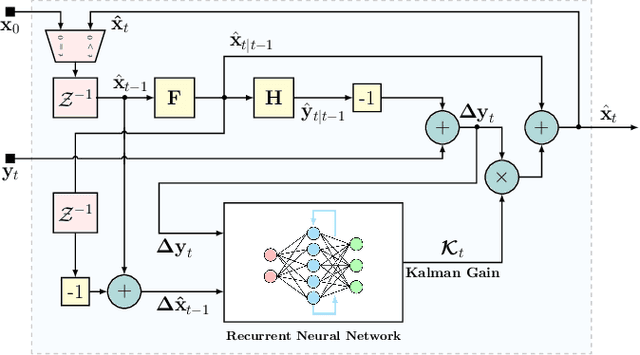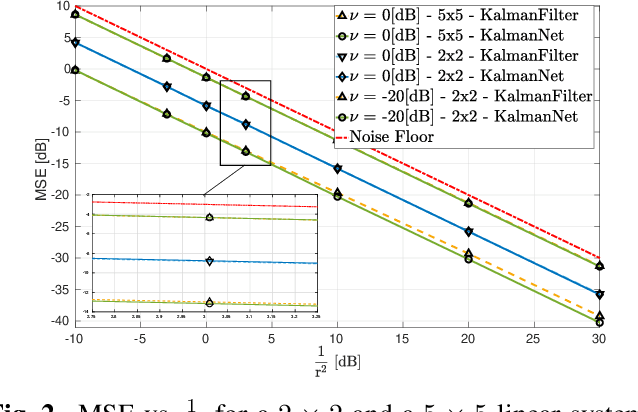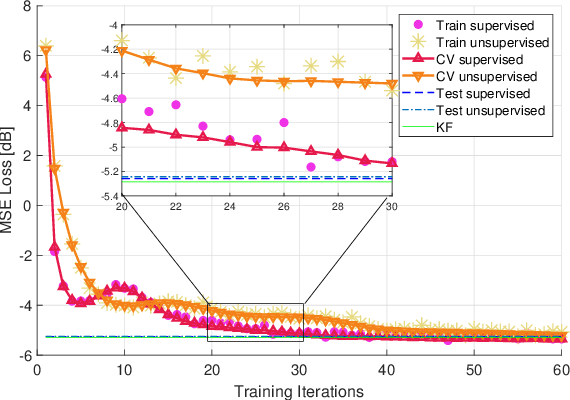Timur Locher
Hierarchical Filtering with Online Learned Priors for ECG Denoising
Oct 23, 2022Abstract:Electrocardiographic signals (ECG) are used in many healthcare applications, including at-home monitoring of vital signs. These applications often rely on wearable technology and provide low quality ECG signals. Although many methods have been proposed for denoising the ECG to boost its quality and enable clinical interpretation, these methods typically fall short for ECG data obtained with wearable technology, because of either their limited tolerance to noise or their limited flexibility to capture ECG dynamics. This paper presents HKF, a hierarchical Kalman filtering method, that leverages a patient-specific learned structured prior of the ECG signal, and integrates it into a state space model to yield filters that capture both intra- and inter-heartbeat dynamics. HKF is demonstrated to outperform previously proposed methods such as the model-based Kalman filter and data-driven autoencoders, in ECG denoising task in terms of mean-squared error, making it a suitable candidate for application in extramural healthcare settings.
Unsupervised Learned Kalman Filtering
Oct 18, 2021



Abstract:In this paper we adapt KalmanNet, which is a recently pro-posed deep neural network (DNN)-aided system whose architecture follows the operation of the model-based Kalman filter (KF), to learn its mapping in an unsupervised manner, i.e., without requiring ground-truth states. The unsupervised adaptation is achieved by exploiting the hybrid model-based/data-driven architecture of KalmanNet, which internally predicts the next observation as the KF does. These internal features are then used to compute the loss rather than the state estimate at the output of the system. With the capability of unsupervised learning, one can use KalmanNet not only to track the hidden state, but also to adapt to variations in the state space (SS) model. We numerically demonstrate that when the noise statistics are unknown, unsupervised KalmanNet achieves a similar performance to KalmanNet with supervised learning. We also show that we can adapt a pre-trained KalmanNet to changing SS models without providing additional data thanks to the unsupervised capabilities.
 Add to Chrome
Add to Chrome Add to Firefox
Add to Firefox Add to Edge
Add to Edge